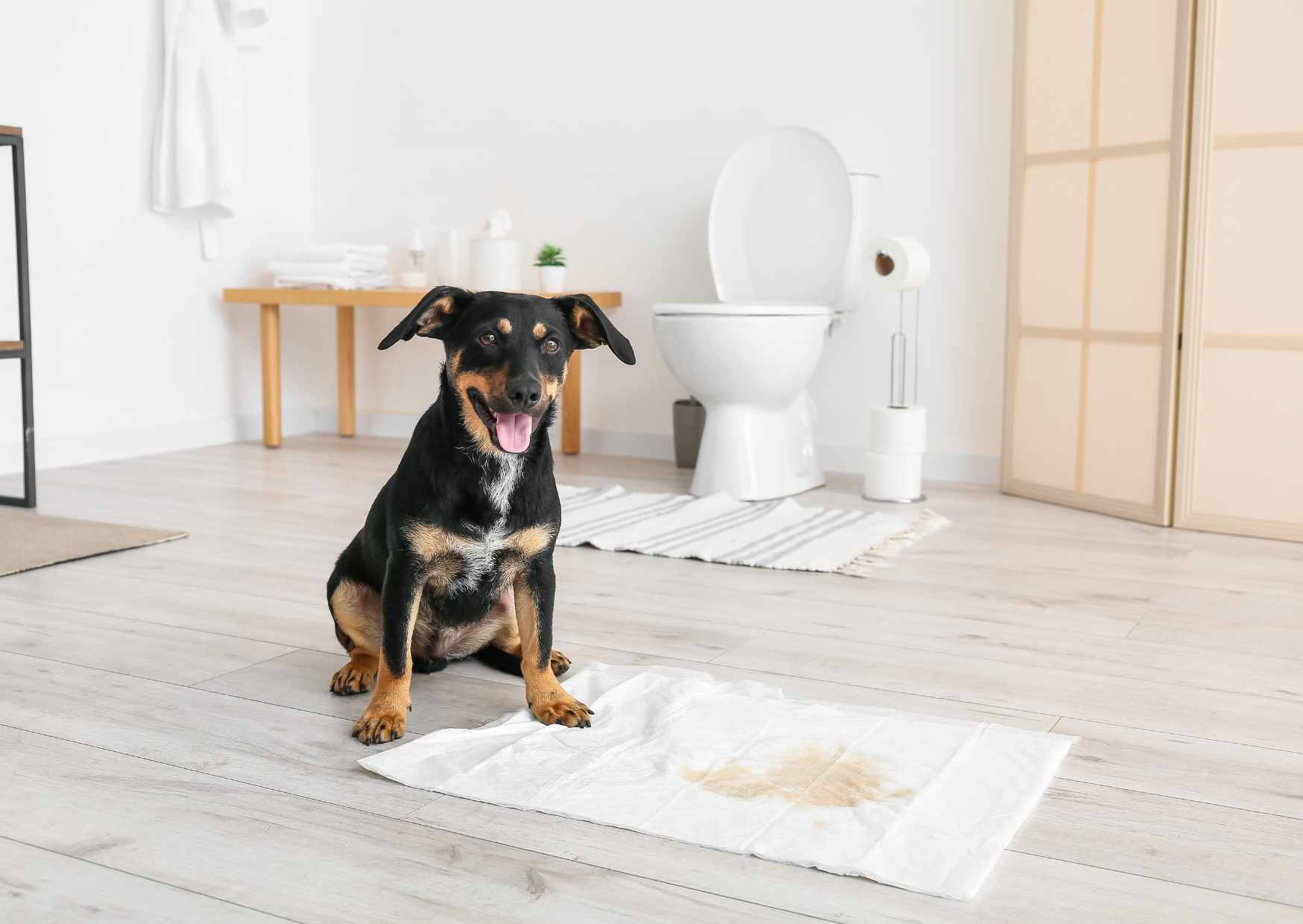Understanding Your Dog’s Urination: Dr. Lin You-De Teaches You How to Observe Your Dog’s Health Through Urine Color, Frequency, and Habits!

In daily life, it’s easy to observe your dog’s kidney and urinary tract health by monitoring the frequency and condition of their urination. Early detection and diagnosis of abnormalities can significantly reduce the risk of serious illness.
1. How often should a healthy dog urinate in a day? When should you see a vet?
Most adult dogs urinate 3-5 times a day. However, this frequency can vary due to habits, diet, whether they are neutered, and their living environment. Pet parents should note that each dog has its own urination frequency. As long as the frequency doesn’t deviate significantly from the norm, there’s no need to worry. But if your dog suddenly goes from urinating four times a day to ten times a day, it’s advisable to visit a vet to check for any underlying health issues.
To more accurately assess your dog’s health through urine output, veterinary clinics usually conduct observations. A healthy dog’s normal urine output is about 1-2ml per kilogram of body weight per day.
2. What common issues could cause abnormal urination frequency in dogs?
Increased Urine Output: This is usually accompanied by increased thirst. Common diseases causing increased thirst and urination are often related to the kidneys and endocrine system, such as chronic kidney disease, Cushing’s disease, diabetes, hyperthyroidism, and pyometra.
Decreased Urine Output: Watch for signs of difficulty urinating, such as frequent urination or straining. This is usually related to lower urinary tract diseases, such as cystitis, bladder stones, bladder tumors, or urethral obstruction.
Note: Difficulty urinating and constipation can sometimes be hard to distinguish. If you’re concerned about your dog’s urination, consider recording their abnormal urination behavior and discussing it with your vet.
3. Understanding Your Dog’s Health Through Urine Color
Urine contains urobilin, so normal urine is yellow. If you notice the following colors, pay attention to your dog’s health:
Dark Amber and Clear Colorless: Dark amber indicates highly concentrated urine, suggesting your dog may not be drinking enough water. Conversely, clear colorless urine indicates over-dilution, which could be a sign of severe kidney failure. It’s recommended to visit a vet immediately.
Red/Brownish Red: Red or brownish-red urine may be caused by red blood cells, myoglobin, or hemoglobin. This could indicate hemolysis or urinary system infections, stones, etc. It’s best to see a vet promptly.
Cloudy, Non-Transparent: Cloudy urine may indicate urinary tract infections or crystals. Immediate treatment is necessary, and it’s also recommended to encourage your dog to drink water regularly and urinate timely to prevent recurrence.
4. What to Do If Your Dog Holds Urine or Urinates Inappropriately
Many dogs have the habit of only urinating outside, which can be influenced by their owners’ schedules, leading to frequent urine retention. This can affect urinary tract and kidney health. It’s recommended to increase the frequency of walks or train your dog to comfortably urinate at home to minimize urine retention.
If there are noticeable changes in urination habits, such as sudden inappropriate urination or significant changes in frequency, besides taking your dog to the vet for evaluation and the best medical advice, it’s also important to maintain their health. Ensure they drink plenty of water and consider supplements that support kidney and urinary tract health to promote overall well-being.


